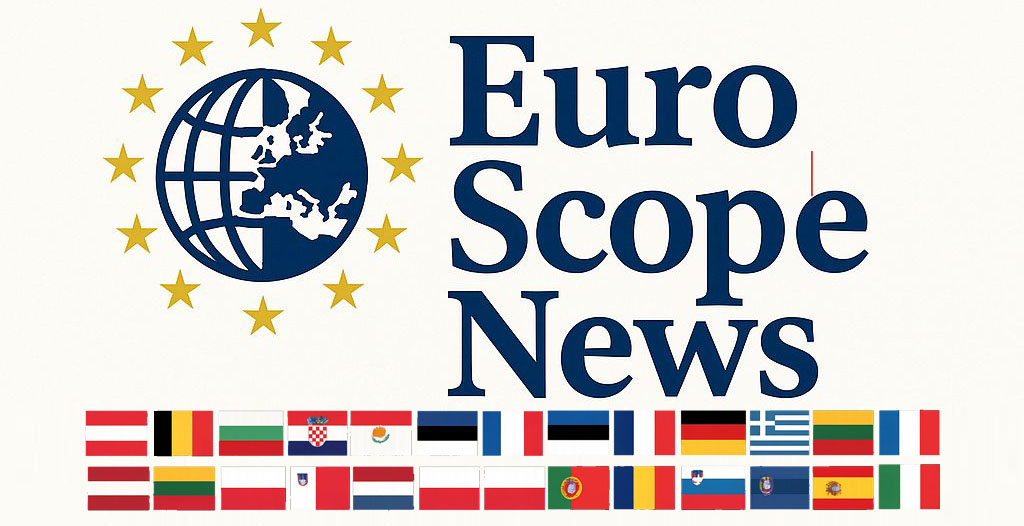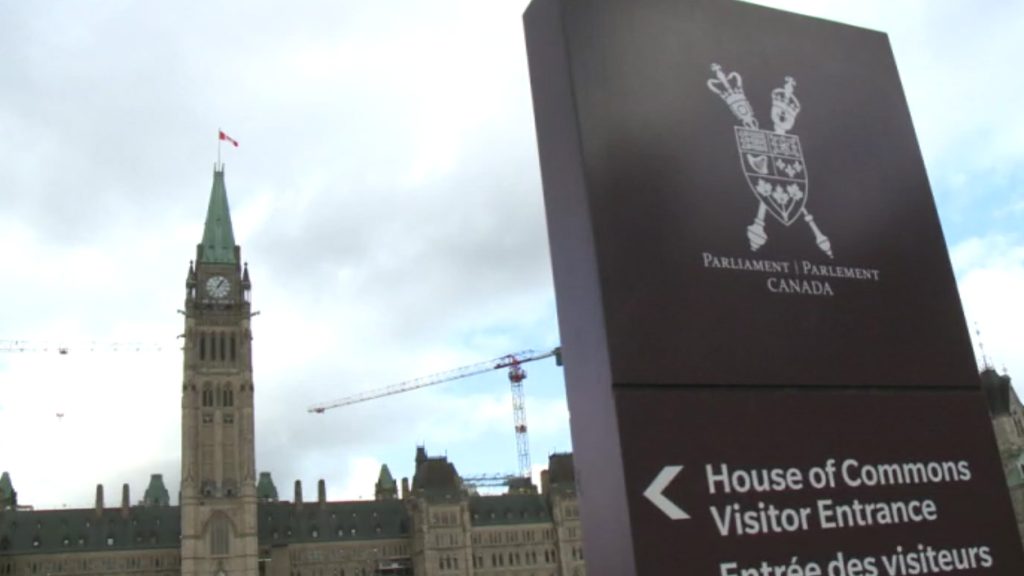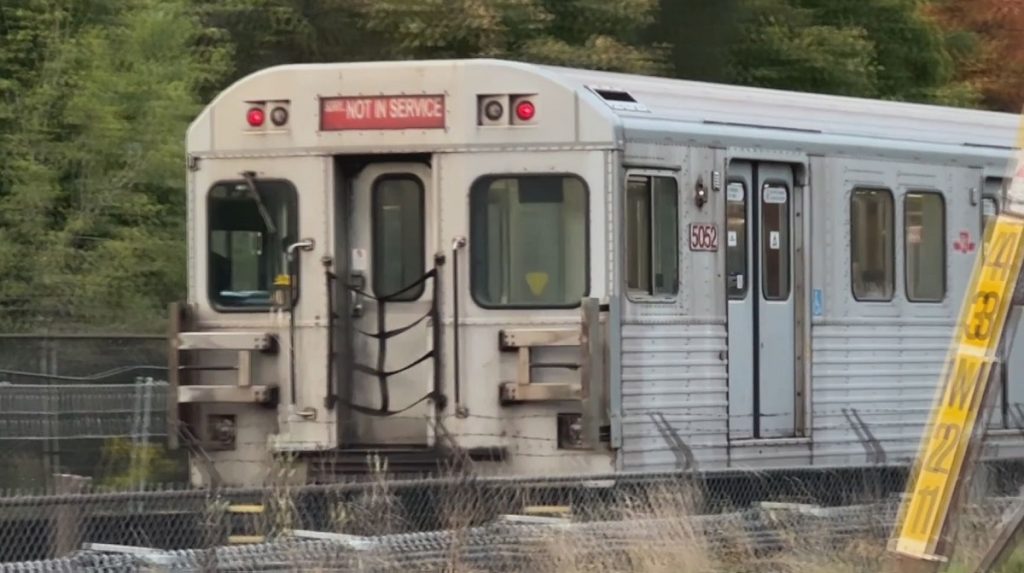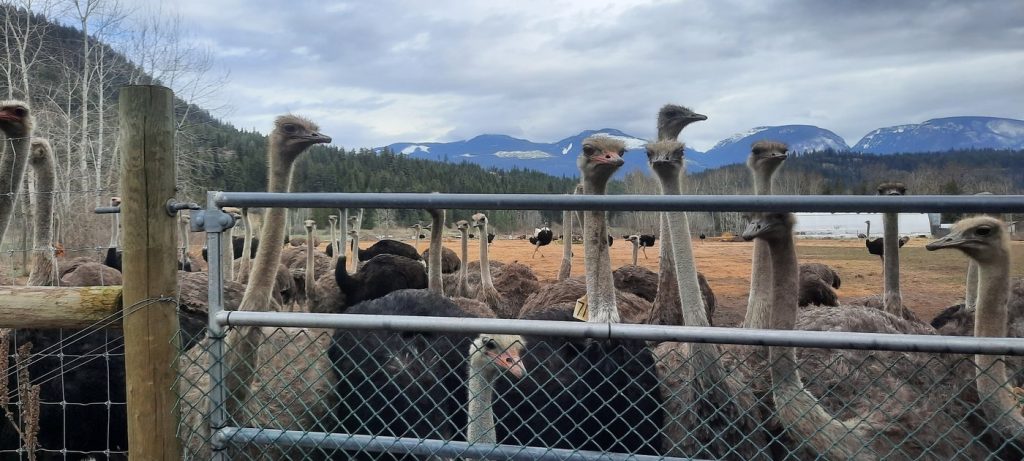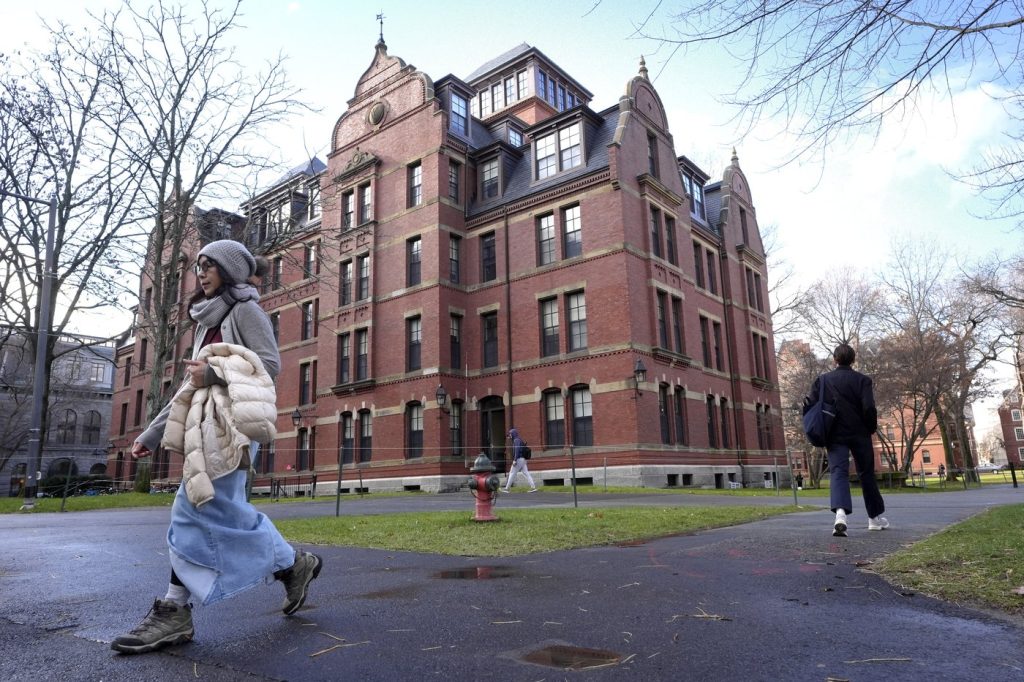OTTAWA — The 2025 wildfire season in Canada is proving to be one of the worst on record, as federal officials reported on Friday. With a high risk of additional fires in August, the ongoing situation is dire.
As of mid-July, over 55,000 square kilometres of land has burned in Canada, an area comparable to the size of Nova Scotia. This figure is more than double the ten-year average for areas burned by this time of year. Currently, there are 561 active fires, 69 of which are classified as out of control. In total, approximately 3,300 fires have been recorded this year.
The 2023 wildfire season set a record with more than 6,000 fires that charred over 150,000 square kilometres of land—surpassing the combined area of all three Maritime provinces. This devastating season prompted significant public pressure on the federal government to establish a new disaster response agency. During their tenures, former emergency management ministers Bill Blair and Harjit Sajjan both considered this initiative, recognizing the mounting strain on the Canadian Armed Forces and provincial resources.
The government is currently exploring models from the United States Federal Emergency Management Agency and Australia’s National Emergency Management Agency for inspiration. However, final decisions on the proposed agency remain forthcoming.
Emergency Management Minister Eleanor Olszewski, in a briefing with fellow cabinet members, announced that her department plans to revise its approach to managing wildfire seasons, which are increasingly lengthy and severe. “We believe that the establishment of such an agency could greatly enhance our ability to coordinate responses to national disasters across Canada,” Olszewski noted. This could involve deploying regional water bombers to areas with fewer resources or establishing a "humanitarian task force" to facilitate the rapid deployment of personnel where needed.
Matthew Godsoe, a senior director at Public Safety Canada, indicated that natural disasters are outpacing the capabilities of the current emergency management system. “Maintaining the status quo translates to doing less,” he stated, urging cooperation among all government levels and citizens to combat the escalating disaster losses faced by the nation.
This wildfire season has seen federal assistance deployed five times already, including last week, when the Armed Forces and the Red Cross aided in the evacuation of over 2,800 people from Garden Hill First Nation in Manitoba. Olszewski anticipates providing updates on the establishment of a federal emergency agency by this fall.
As the wildfire season moves into August—the most active period for fires—communities located in high-risk zones are preparing for potentially worsening conditions. Saskatchewan has already encountered one of its worst fire seasons regarding the total area burned, leading to a record number of evacuations from 66 First Nations, most in the Prairie provinces. Indigenous Services Minister Mandy Gull-Masty highlighted that 39,000 people have been displaced, describing the ongoing fire season as unprecedented. “I hope this is not the new reality we must contend with,” she said, questioning what the future holds.
Officials expect the fire risk to increase in August, particularly as temperatures are forecasted to rise across most of Canada. Sébastien Chouinard, director of operations at the Canadian Meteorological Centre, noted this aligns with climate change projections indicating that the next five years will be warmer than usual. Additionally, below-normal rainfall is anticipated for the Prairies, British Columbia, and the Maritimes.
To support firefighting efforts, over 530 firefighters from Australia, New Zealand, Costa Rica, Mexico, and the United States have been deployed to Canada. Natural Resources Minister Tim Hodgson announced that his department is allocating $11.7 million over four years to create the Wildfire Resilience Consortium of Canada, which aims to connect domestic and international governments, the private sector, wildfire experts, and affected communities to enhance firefighting strategies. This consortium is part of Canada’s commitment to a wildfire cooperation charter signed during the G7 leaders' summit in Kananaskis, Alberta, this summer.
